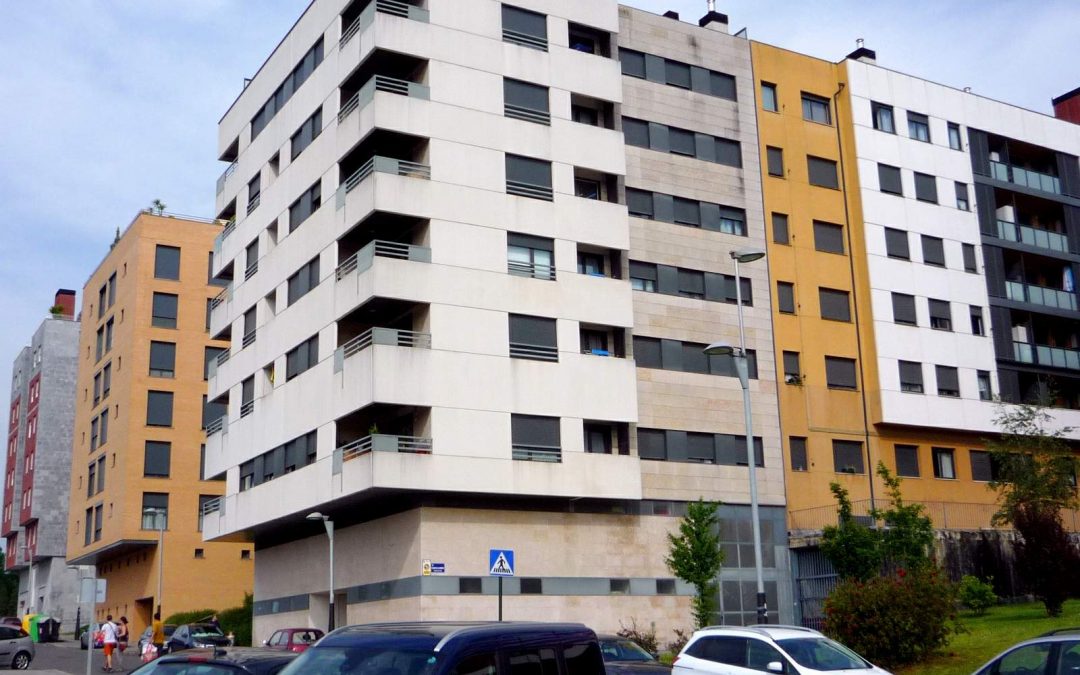The future requires that homes must be efficient. In the European Union, the construction sector consumes 40% of primary energy and 50% of raw materials. It generates 30% of waste and spends more than 20% of drinking water. In the case of Spain, sustainability is pressing for obvious environmental reasons, but not only. Our country must also tackle the challenge of complying with community regulations and fulfilling the commitments acquired in the international scope.
The progressive decrease in CO2 emissions in buildings is among the priority objectives of the main world Administrations. The EU intends to lead the decarbonization of the economy by 2050. To achieve this, the so-called Climate and Energy Framework for 2030 sets three key objectives for that date.
- The first one is to reduce greenhouse gas emissions by 40%.
- The second one is to ensure that renewables reach a minimum share of 32% in final energy consumption.
- The third one seeks to improve energy efficiency by 32%.
For achieving these goals, the participation of the construction sector is crucial. In our country there is the Spanish Urban Agenda, a strategic document of the Ministry of Infraestructures, without the rank of law, that works in the same direction. According to it, in Spain, “of the 46.5 million inhabitants that live in the country, 80% is concentrated in urban areas, which are settled for only 20% of the territory.” This places our country among those with the highest percentage of urban population in the entire EU. Of the 30 specific objectives proposed by the document, one of them intends to transform the Spanish real estate park into one “with high energy efficiency and decarbonised before 2050, easiling the profitable transformation of existing buildings, into almost nil energy-consuming buildings”.
Energy neutrality in real estate is derived from Directive 2010/31/EU on efficiency in the building sector. In theory, by this year 2019 all public buildings should have reached almost zero energy consumption. And as of December 31st 2020, the obligation should extend to all homes built in Spain and the rest of the EU. However, the Technical Building Code has not yet incorporated the definition of what is an almost null conssumption building.
In the achievement of a climate-neutral buildings, very different factors are involved. It involves improving the thermal envelope with insulation methods, incorporating renewable energy production or use systems, developing procedures to reduce lighting consumption or implementing effective installations for the supply of hot water and heating, among others.
Optimizing the real estate park
Sources in the housing sector point to two important data in this search for efficiency: 90% of the housing stock in Spain was built before the entry into force of the Technical Building Code, approved in 2006. And 60% of the buildings were built without thermal insulation, since no regulations existed then on energy efficiency. For this reason, efforts to improve must be extreme and many of them have to take the form of rehabilitations.
The financial sector has also taken a step forward for supporting energy efficiency in buildings, but we still have to make more progress in the implementation of the agreed measures.
Source: El País

